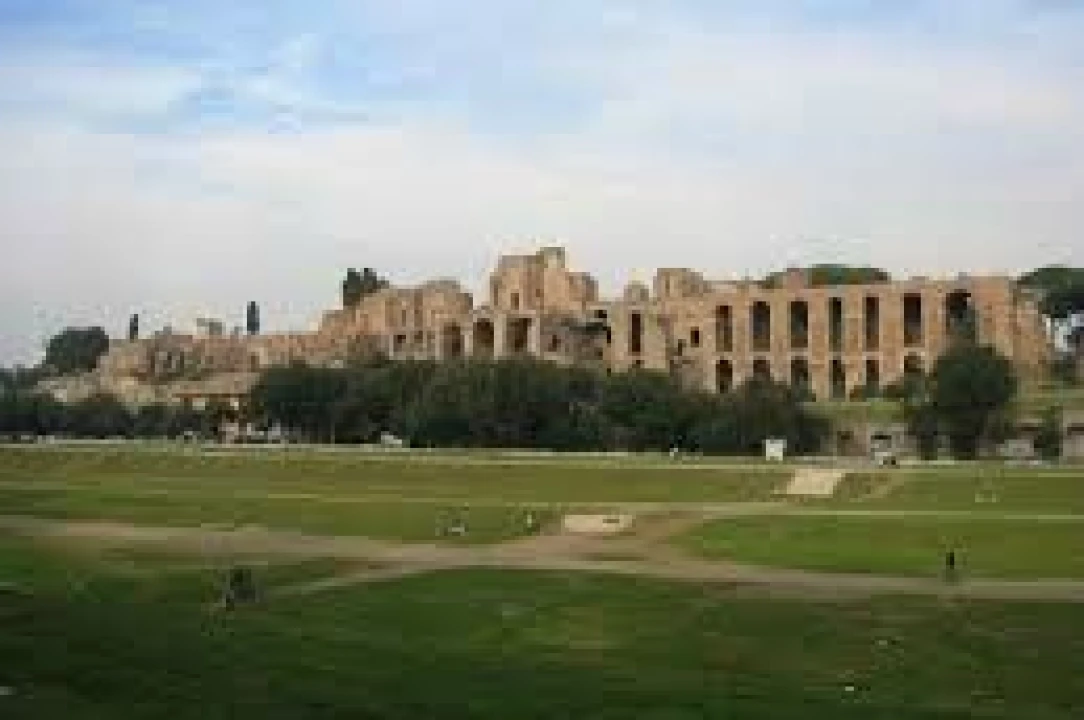Many misperceptions surround the spectacles held in ancient Rome, especially as a result of contemporary film and television. For instance, there is the popular belief that gladiatorial combats were the premiere spectacle at Rome: that they attracted the biggest audiences and the most partisan fans. In fact, neither assumption is true. The Circus Maximus in Rome – the original and largest venue for chariot-racing – was many centuries older and considerably larger than the Colosseum.
In addition, chariot-races drew the largest crowds and most fervent fans in Rome and throughout the Roman empire, and continued to do so centuries after the gladiatorial games faded away. This lecture will explore the circus games' activity and setting, their star performers, their spectators and fans, and the central importance of the circus games for Roman society as a whole.
Source: http://www.iicchicago.esteri.it



